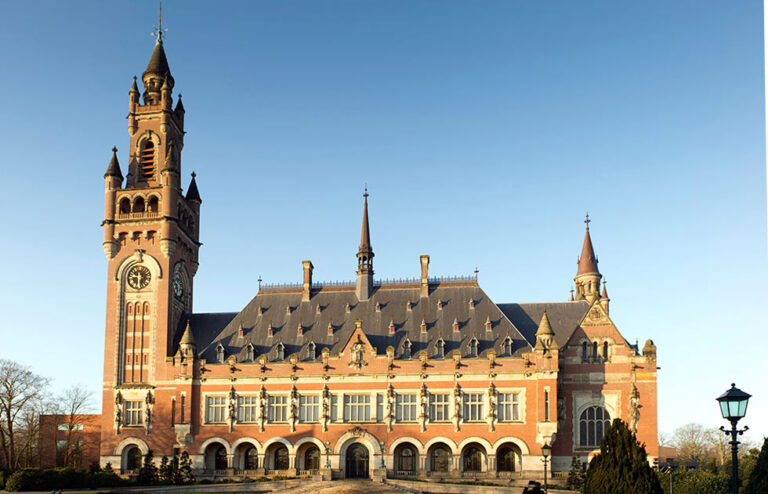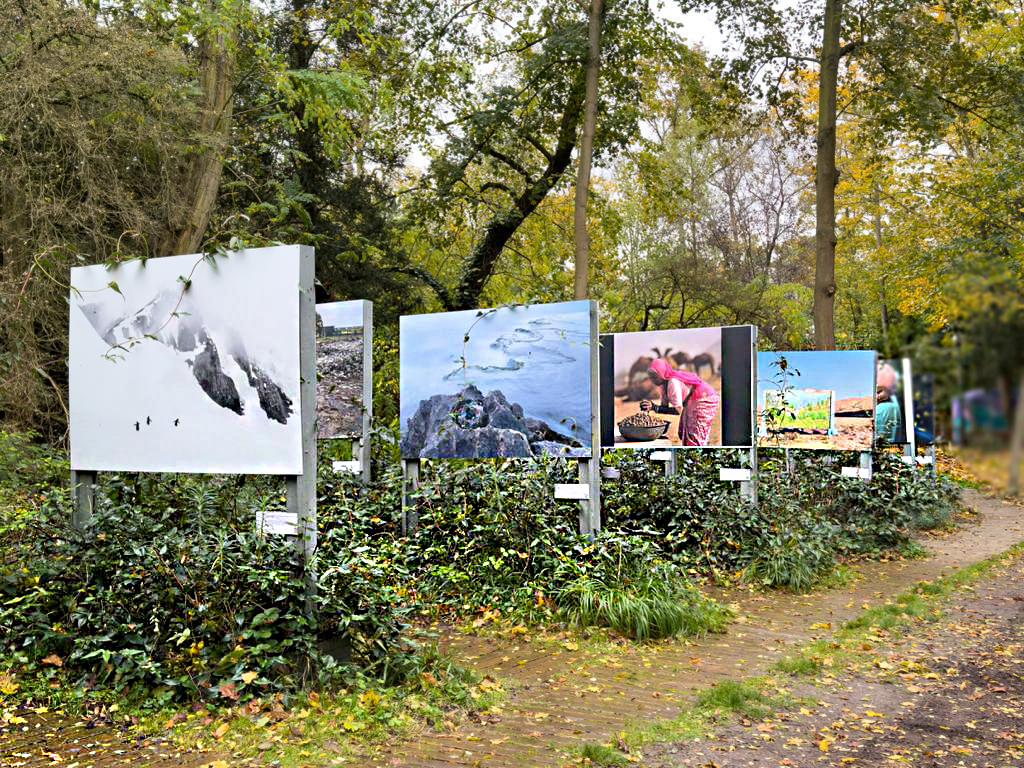
Paris: Vijay S. Jodha, who is a part of the Global Bihari team, has been involved with sustainability issues for three decades. He directed The Weeping Apple Tree – one of the first films dealing with climate change in India that received the U.K. Environment Film Fellowship Award back in 2005 and was screened on Discovery channel multiple times with an introduction by Sir Mark Tully.
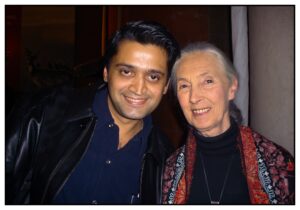
Focusing on the impact of global warming on the Himalayan region, the film has been cited in books about climate change, screened at the United Nations Environment Programme (UNEP) headquarters in Nairobi, and used by the United Nations Industrial Development Organization (UNIDO) and various local NGOs to create grassroots awareness about global warming. It has also been used as training material for forest officers in Himachal Pradesh. His most recent work on this issue is being showcased in Paris in what is perhaps the biggest environment photography show in the world. This is his second project in France this year. He had trained three differently-abled youngsters in photography one of whom won a bronze and helped India deliver its best-ever performance at the International Abilympics in France earlier this year. The International Federation of Abilympics also appointed him as one of the experts in photography. So this photo show is his second project in that country.
Here he shares details with the Global Bihari readers.
About Cohabiter Á Good Planet exhibition
This exhibition called Cohabiter Á Good Planet, has been organized in Paris by Foundation Good Planet and Foundation Prince Albert II de Monaco and features 52 eminent conservation photographers from around the world.
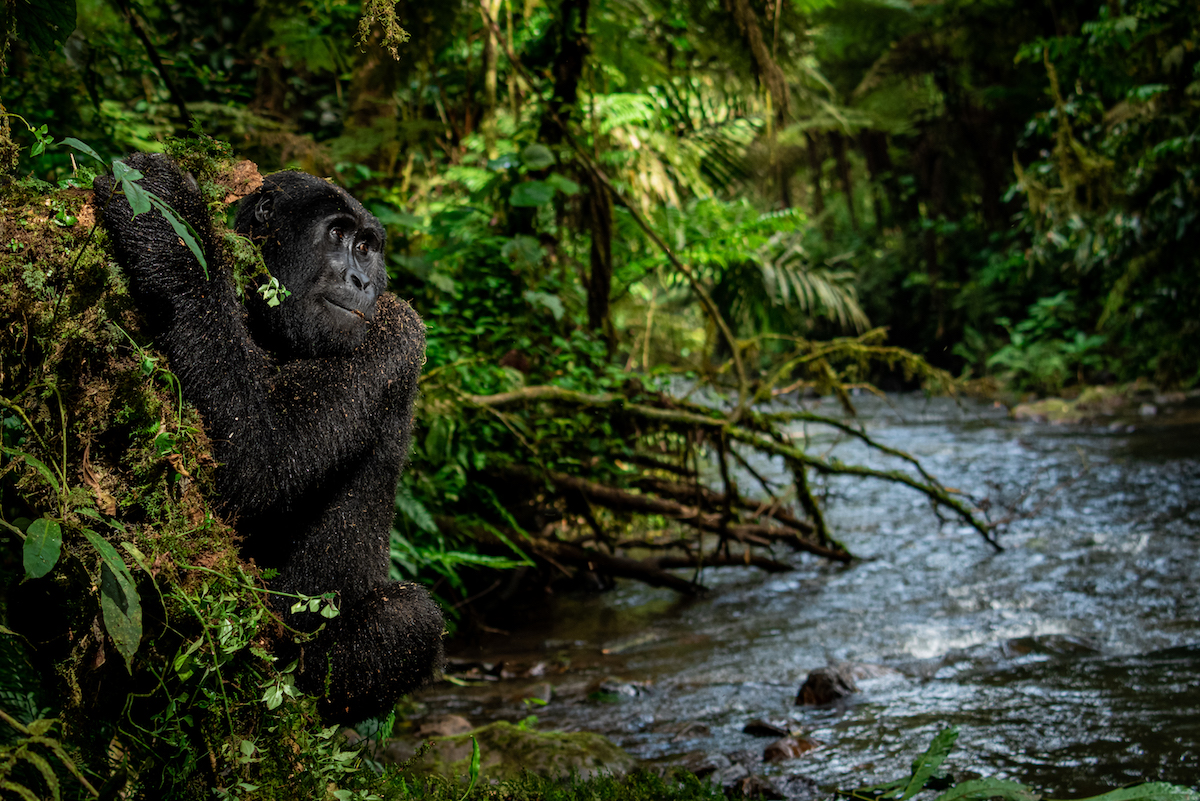
These images have been honoured by the Foundation Prince Albert II de Monaco or were finalists for the best prize for sustainability-related photography. I am honoured to be part of this distinguished group.
What makes this exhibition unique
It is unique in that it may be the biggest environment photography exhibition in the world. The images are produced as all-weather billboards and are displayed outdoors for almost a year in the heart of one of the world’s cultural capitals – Paris. The outdoor exhibition is set up across the 3.5-hectare park surrounding the 19th-century heritage property Château du Domaine de Longchamp in Paris. It opened in April and will close this month. It has served as a platform for various other conservation-related activities. For instance, a fortnight back pioneering primatologist and a living legend in conservation, Jane Goodall had come across to speak about the importance of positive stories in this race to save the planet.
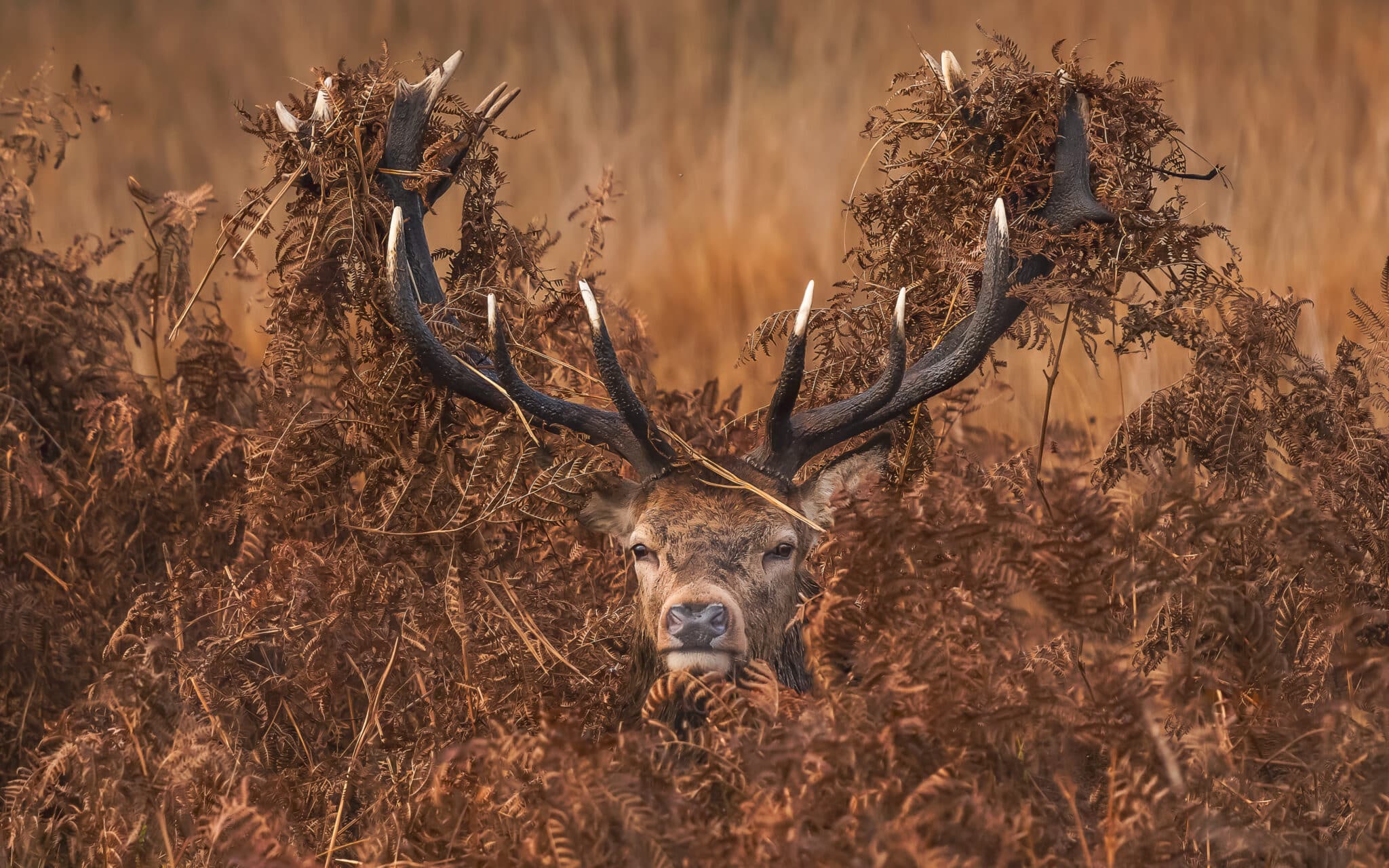
The show is divided into three parts with the first part focusing on the beauty of our planet in all its diversity. The second part is about how we have ruined it. There are heartbreaking images from across the world such as an image from Sri Lanka showing an elephant choking and dying on plastic garbage. The third section focuses on sustainability and stories of hope. My image is from the Pushkar winter fair which is the world’s biggest gathering of camels. Some families painstakingly collect all the camel droppings to dry and use as a cooking fuel. Using cow dung as a fuel, fertilizer and building material is common across India and my image highlighted how, when it comes to climate issues it is the poor countries and the poorest people who are the biggest victims and yet have the least wasteful, resource-conscious lifestyle.
Is there anything one can learn from this Paris exposition in terms of promoting photographic art or sustainability?
Yes, there are many things I can think of. To begin with, photography exhibitions in India are typically a week or fortnight-long affair. They are not Bollywood movies that benefit from saturation marketing. By the time the media reviews appear and word of mouth spreads our photo shows are already taken down. Parallel virtual exhibitions have no doubt made prominent photo shows accessible to more people, especially photography lovers in other parts of India, but nothing beats physically looking at a full-fledged, well-mounted, large-scale show.
Being a developing country we in India may not have the same resources as some of the Western countries. I think we can take a leaf out of this Paris show on how to promote both photographic art and conservation issues. For example, we have nearly 300 metro stations across Delhi NCR that have tens of millions of people using them on a daily basis. Due to economic downturn or other reasons, there are many billboards that are lying unused in many stations. Then there are big gaps between companies renting out these ad spaces. Instead of leaving them unused, why don’t they use the interim period between ads to showcase fine art photography on a pro bono basis or photographs highlighting sustainability or some social issue? Each billboard gets more traffic and eyeballs in an hour than an average gallery in an entire week. Leaving such space unutilized seems like a real wasted opportunity.
What is the state of Indian conservation photography? Are there any world-class photographers that we can think of?
There are several I can think of. Photographer Rajesh Bedi – one half of the Bedi brothers team, is somebody I grew up reading about in magazines as a school kid. He and his brother Naresh are pioneers of conservation cinema in India with numerous international honours. Another would be Akash Das who is one of our top fashion and advertising photographers. He has brought the same thought and technical perfection to create sublime black-and-white portraits of Indian wildlife as he does with his award-winning fashion images.
Does such work help the cause of conservation?
Yes of course. Firstly, it is a photographic record of our natural environment, essential in any conservation effort. Then it creates a broader appreciation for the beauty of our flora and fauna, which is crucial for building public support for conservation. Without this second part, even the best policies will collapse.

People may feel that these are elitist initiatives prioritizing the well-being of wild animals over the welfare of our people, the bulk of whom are poor. This is of course a wrong notion as both have a long-term stake in sustainability. Media is needed to dispel such misplaced notions. Rajesh Bedi’s decades-old photo book Wild Wonders of India remains a benchmark and is still in the bookshops. Photography is a part of a larger media effort that includes films. Apart from the Bedi brothers, there is filmmaker Mike Pandey, whose films have helped change conservation laws in India and have won three Wildscreen Awards (a.k.a the Oscars of conservation cinema). These senior filmmakers are heroes to me and a national treasure in my opinion.


